Welcome to the website of the ultra long range green aircraft. A team of researchers and students from ISAE-SUPAERO, led by Professor Jean-Marc MOSCHETTA, designs an ELECTRIC PROPULSION drone with bioinspired flight techniques. The goal is to cross the South Atlantic along the path mapped by Jean MERMOZ, a world first fully electric crossing!
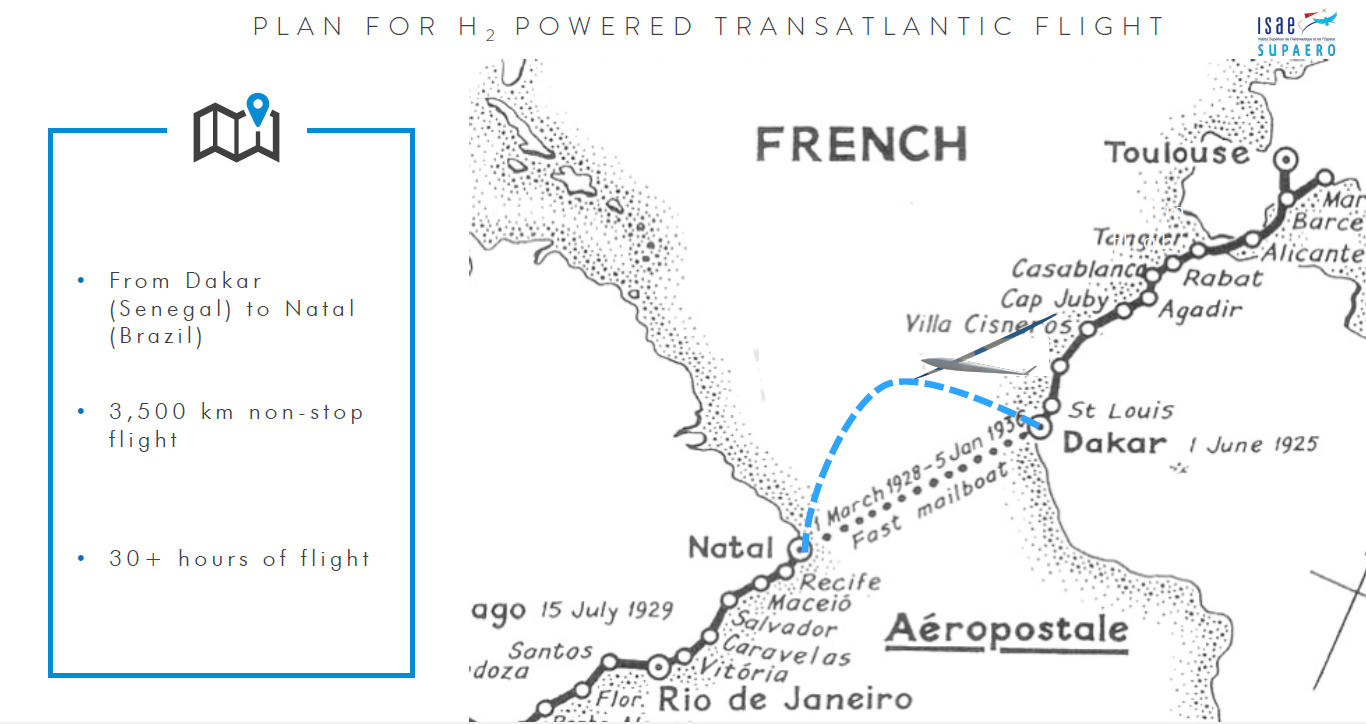

Unmanned aircraft systems (UAS) have become instrumental tools for missions in various military, civil and commercial fields. Current generation electrical powered unmanned aircraft systems are limited in terms of range and endurance due to the low energy density of their lithium-based batteries. However, many UAS applications require high range and endurance capabilities for intelligence, surveillance and reconnaissance. This demand for flights which last for considerable periods of time without the need to frequently land coupled with efforts to minimize environmental impact and the benefits of a low thermal and noise signature, make long range electrical aircraft desirable. An emerging source of electrical energy with the potential to solve the limitations of batteries is hydrogen fuel cells. They offer compelling value for unmanned aircraft systems due to the ability to provide approximately five times more power per flight hour for the same weight as lithium based batteries, as well as offering improved reliability and reduced maintenance when compared to small internal combustion engines.
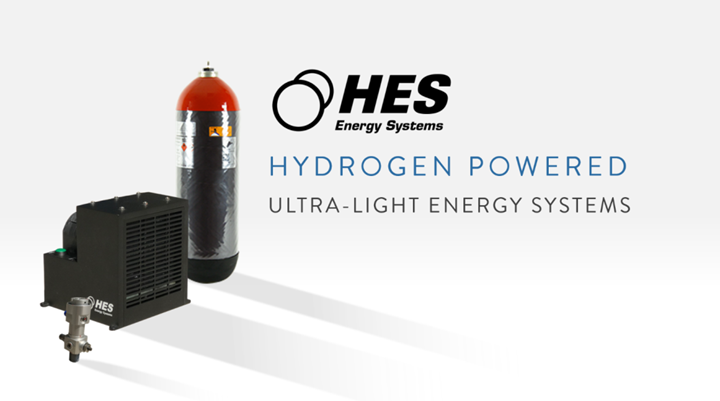
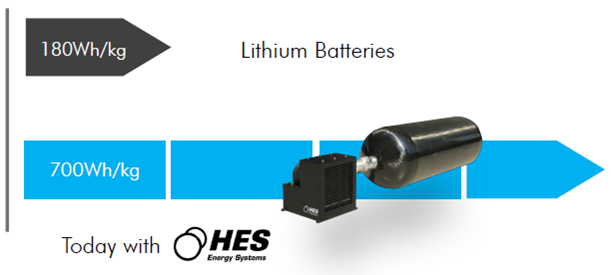

- Must be able to cross the distance of 3000 km
- To have a total mass of less than 25 kg.
- Must use hydrogen fuel cells as primary energy source

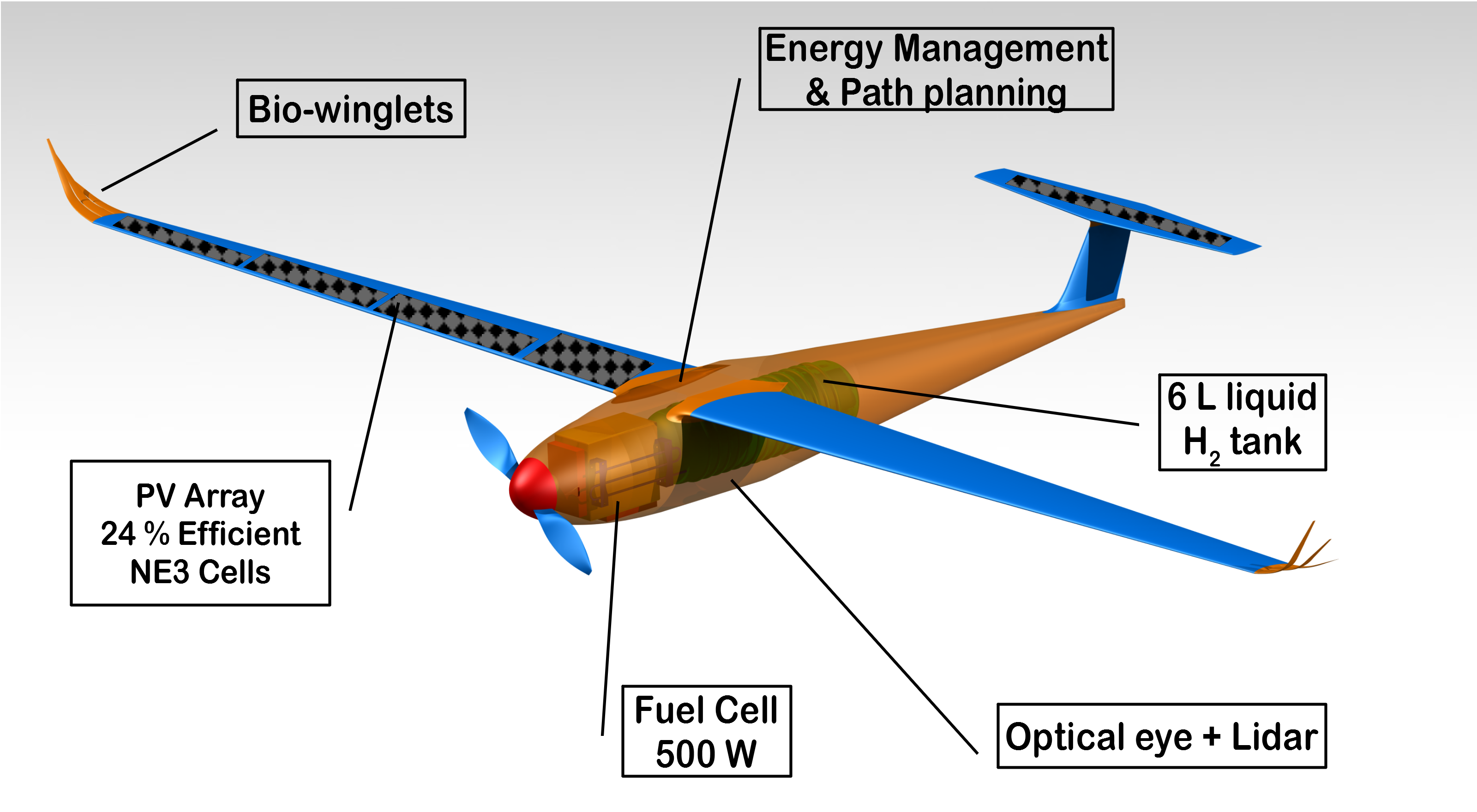
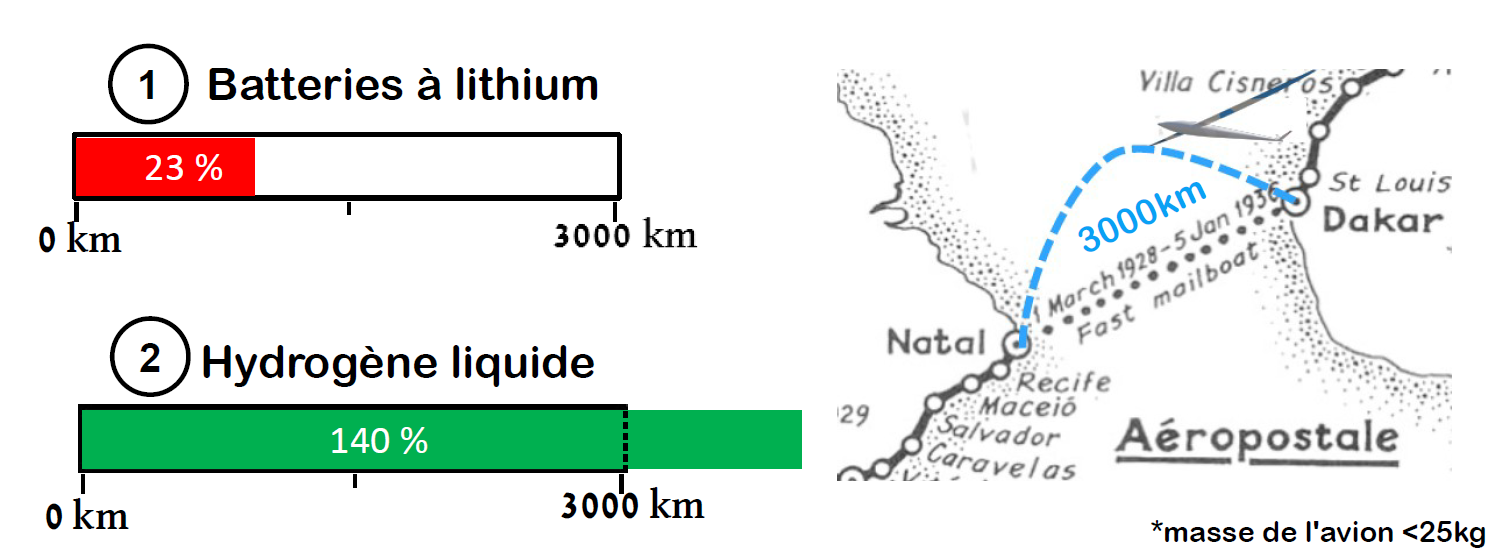
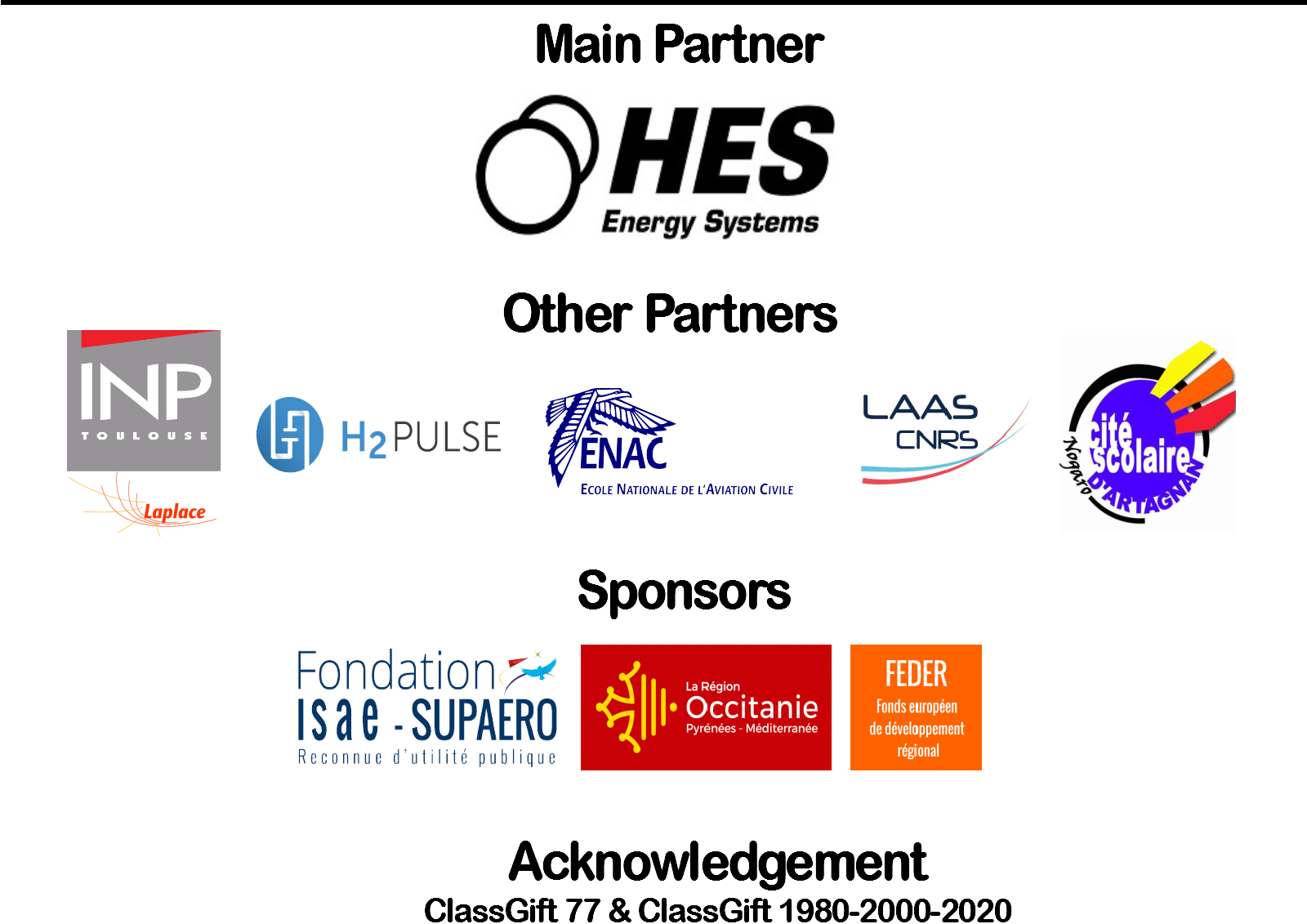

Project leader:
Jean-Marc Moschetta
Professor in Aerodynamics
jean-marc.moschetta@isae.fr




